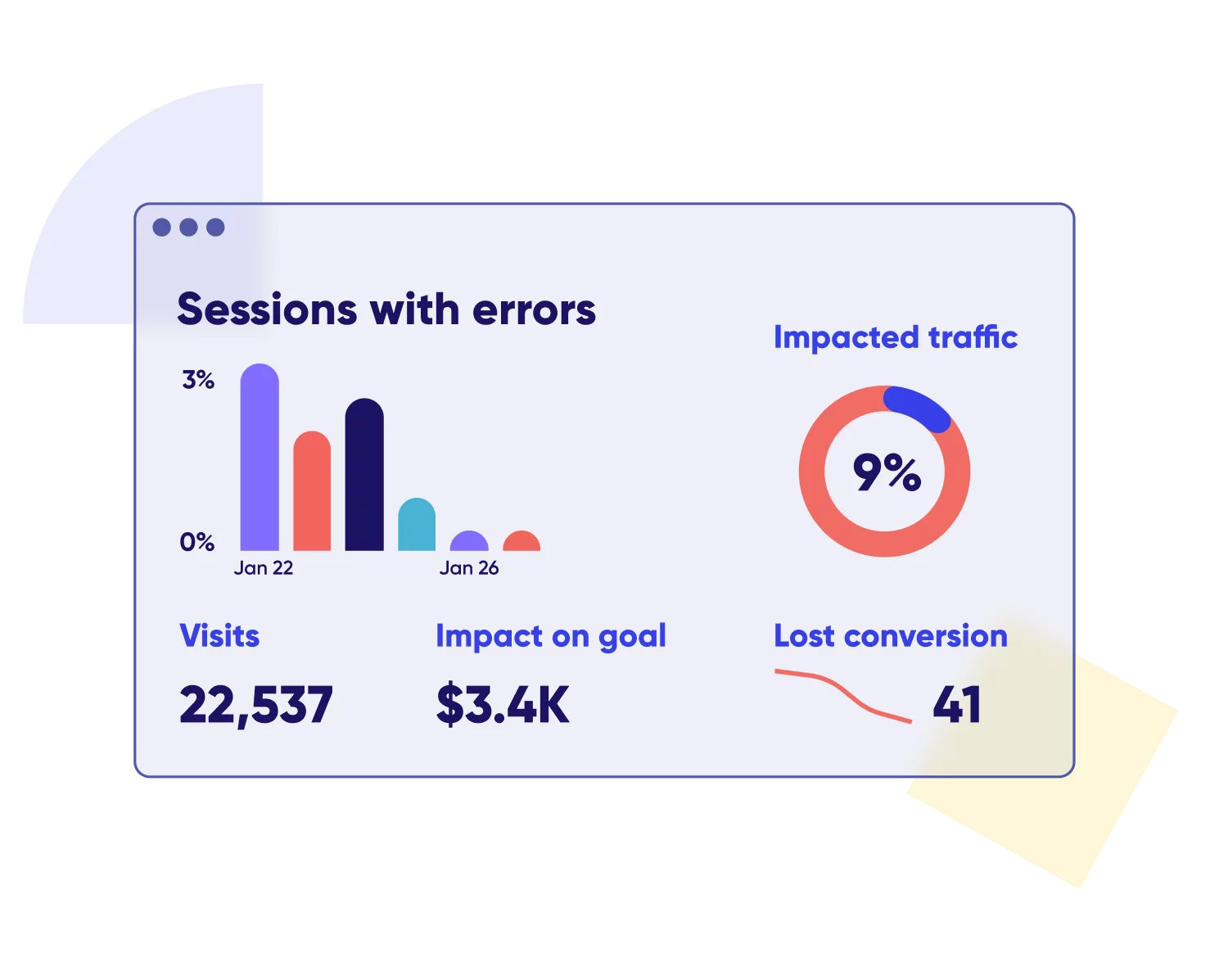
Fix the errors that hurt the worst.

Product Performance Analysis is a crucial aspect of business operations, providing a systematic approach to product evaluation. It involves a detailed examination of product quality, employing various performance metrics to assess how a product is faring in the market. These metrics include sales volume, profit margins, and consumer feedback, which together provide a comprehensive perspective on the product’s performance.
This analysis is not just about gauging product performance; it also provides insights into market trends, customer preferences, and the competitive landscape. These insights are derived from thorough market research and data analysis, which help identify factors influencing the product’s performance. By understanding these factors, businesses can make data-driven decisions to enhance their products and gain a competitive edge.
Product Performance Analysis also offers a detailed view of a product’s lifecycle. By examining performance metrics at different stages of the lifecycle, businesses can identify where the product excels and where improvements are needed. This performance assessment is crucial for optimizing the product lifecycle, maximizing profitability, and predicting future performance for strategic planning.
Product Performance Analysis is defined as the process of evaluating the performance of a product in the market using various performance metrics. These metrics, such as sales volume, profit margins, and consumer feedback, offer a comprehensive view of the product’s quality and its market performance. The importance of Product Performance Analysis lies in its ability to provide valuable insights into a product’s performance.
It helps businesses understand the factors influencing their product’s performance, identify areas for improvement, and make informed decisions to enhance their product’s performance. By doing so, businesses can increase their market share, improve their profitability, and stay competitive in the market. The analysis also plays a vital role in product comparison and benchmarking.
By comparing the performance metrics of different products, businesses can identify their product’s position in the market and benchmark against competitors. This comparison and benchmarking can guide product development and marketing strategies, ensuring that the product meets market standards and customer expectations.
Product Performance Analytics is an essential component of Product Performance Analysis. It involves the use of analytical tools and techniques to evaluate a product’s quality and performance in the market. The analytics provide valuable insights into the product’s performance, helping businesses make informed decisions to improve their product’s performance and increase their market share.
Product Performance Analytics offers a comprehensive view of a product’s performance. It helps businesses understand the factors influencing their product’s performance, identify areas for improvement, and make data-driven decisions to enhance their product’s performance. By doing so, businesses can increase their market share, improve their profitability, and stay competitive in the market.
Moreover, Product Performance Analytics is crucial for strategic planning. It provides a clear picture of the product’s lifecycle, helping businesses identify the stages where the product is performing well and where improvements are needed. This can help in optimizing the product’s lifecycle and maximizing its profitability.

Fix the errors that hurt the worst.
One of the key benefits of Product Performance Analytics is that it provides increased knowledge of customer-product interaction. This involves understanding how customers are using the product, their feedback, and their preferences.
This knowledge can help businesses improve their product’s quality and performance, catering to their customers’ needs more effectively. Understanding customer-product interaction is crucial for product development. It helps businesses identify the features that are popular among customers and those that need improvement. This can guide the product development process, ensuring that the product meets the customers’ needs and preferences. Moreover, knowledge of customer-product interaction can also guide marketing strategies.
By understanding how customers are using the product, businesses can develop marketing strategies that highlight the product’s strengths and address the customers’ needs. This can help in increasing the product’s market share and profitability.
Lastly, understanding customer-product interaction can also help in improving customer satisfaction. By understanding the customers’ needs and preferences, businesses can improve their product’s performance and provide a better customer experience. This can lead to increased customer satisfaction, loyalty, and ultimately, profitability.
Customer churn, or customer attrition, signifies the loss of clients or customers.
Businesses must employ strategic planning and data analysis to understand and mitigate this phenomenon. High churn rates can negatively impact product quality and overall growth. Market research and performance metrics can be used to identify the reasons behind customer churn. By focusing on these areas, businesses can improve their strategies and reduce customer churn. Understanding the customer journey is crucial in reducing customer churn. Identifying the touchpoints where customers disengage can help pinpoint problem areas. Performance assessment of these stages can reveal patterns and trends that need to be addressed. For instance, if a significant number of customers are leaving after a product evaluation stage, this could indicate a deficiency in product quality or a flaw in the evaluation process. Implementing changes based on these insights can help reduce customer churn. User engagement is a key performance metric that directly influences a business’s success. High user engagement indicates that customers find value in the product or service, leading to customer retention and revenue growth.
[Infographic] Back-to-School: The Late Buyers are the Big Spenders
Enhancing user engagement can be achieved through personalized user experiences, regular communication, and consumer feedback. By employing strategies such as product comparison and benchmarking, businesses can improve their offerings and enhance user engagement. Product review and consumer feedback play a crucial role in enhancing user engagement. Regularly collecting and analyzing consumer feedback can help businesses understand their customers’ needs and preferences. This information can be used to improve product quality and tailor offerings, leading to higher user engagement.
Additionally, product comparison and benchmarking can provide valuable insights into how a company’s offerings stack up against competitors, which can further inform strategies to enhance user engagement.

Fix the errors that hurt the worst.